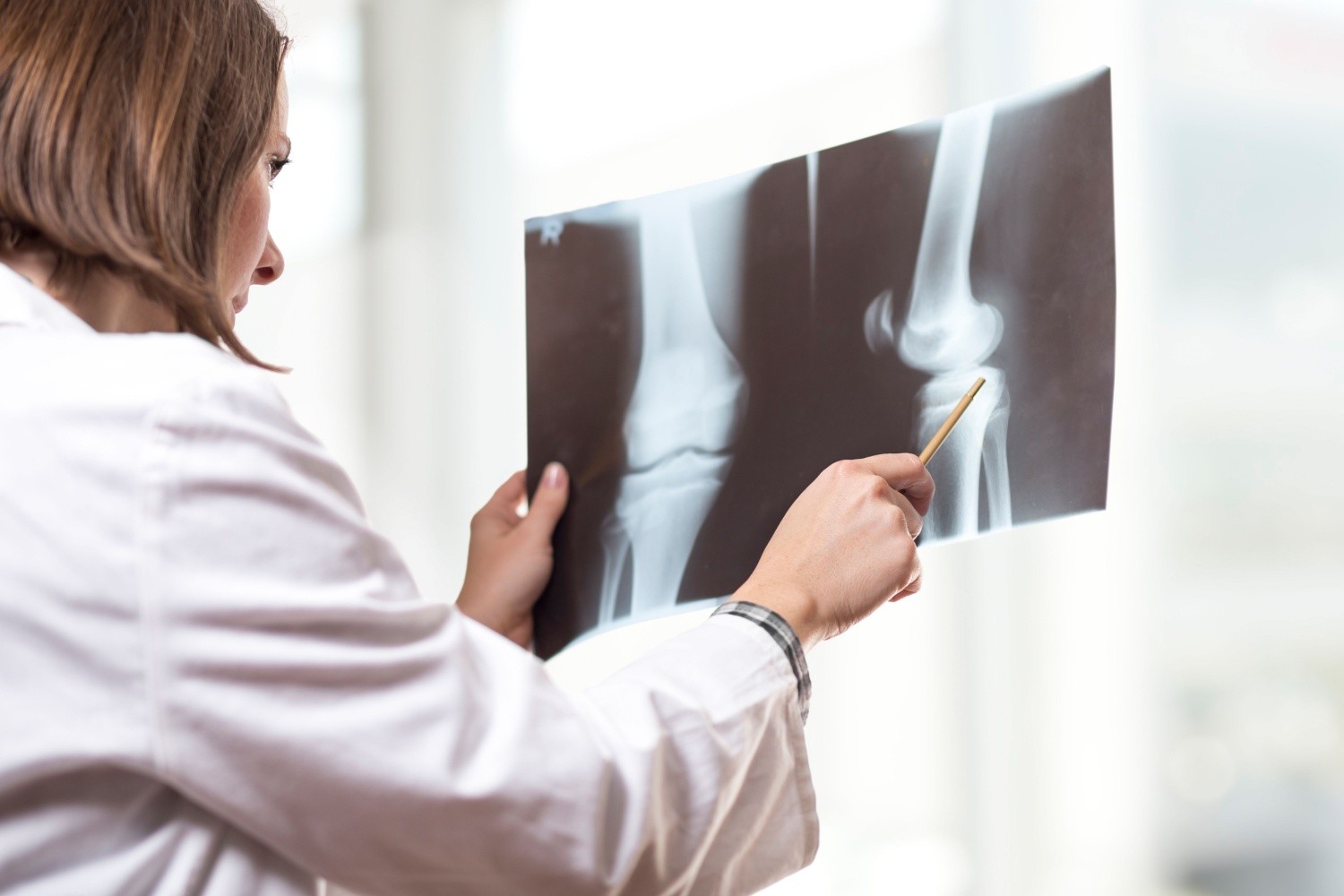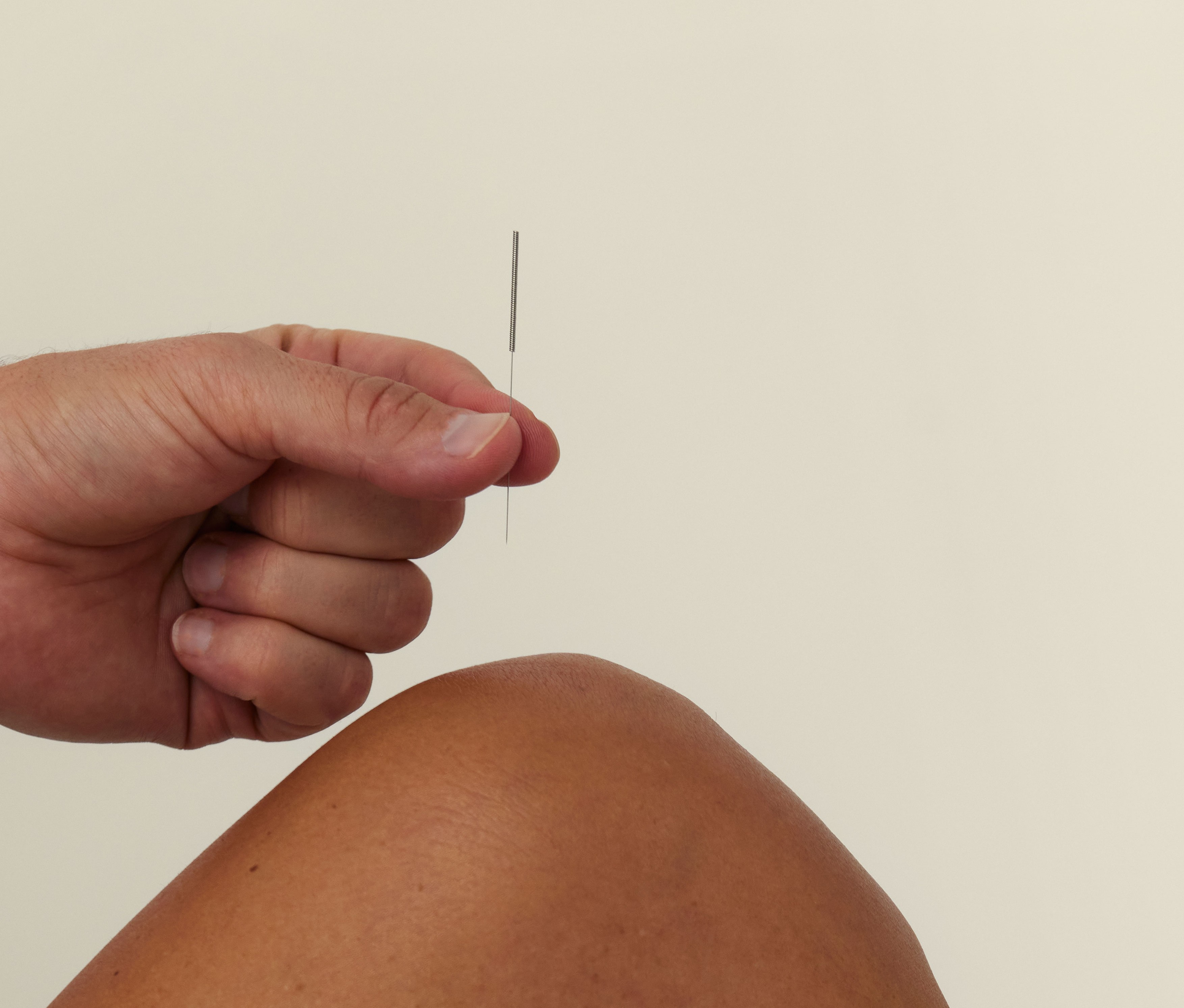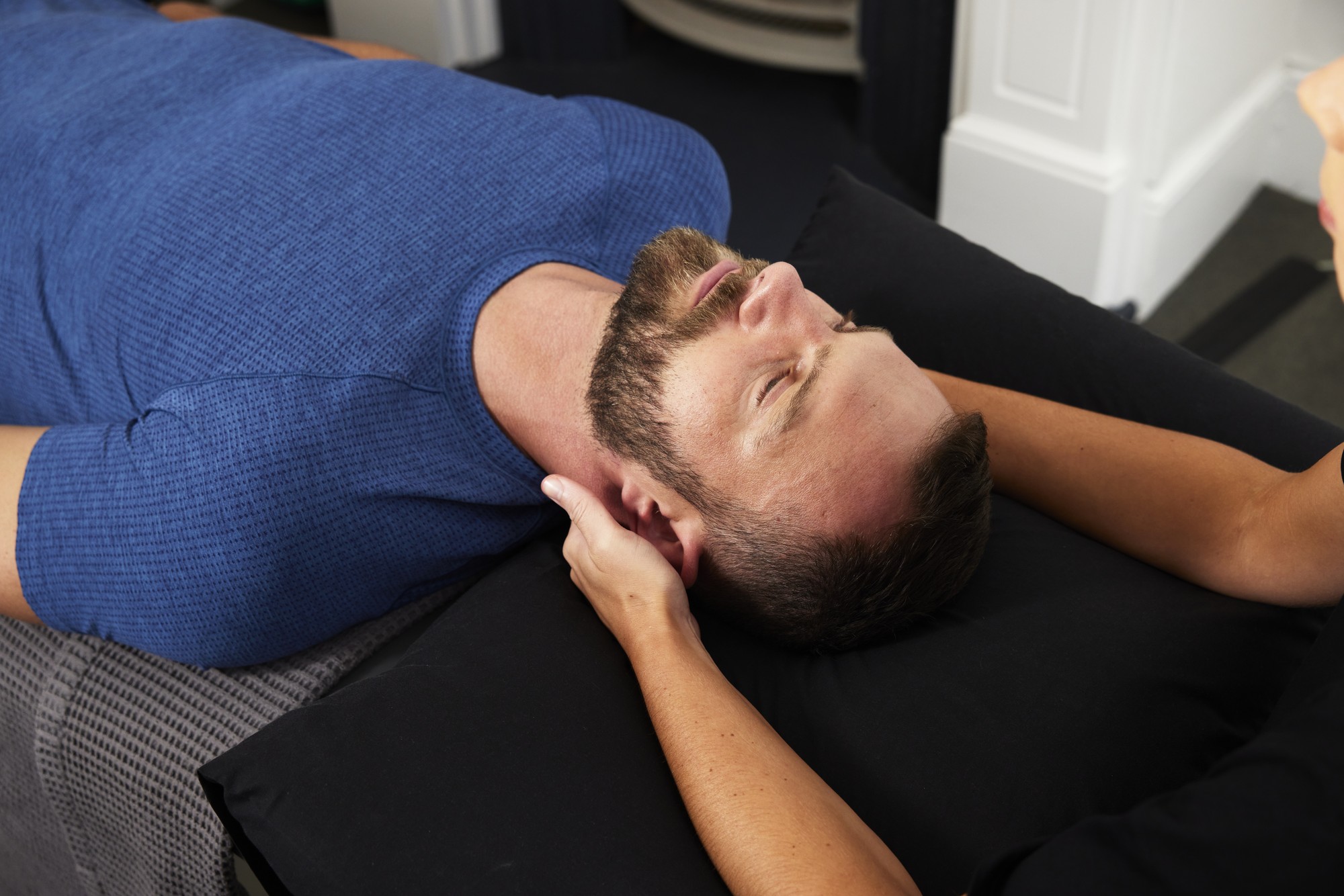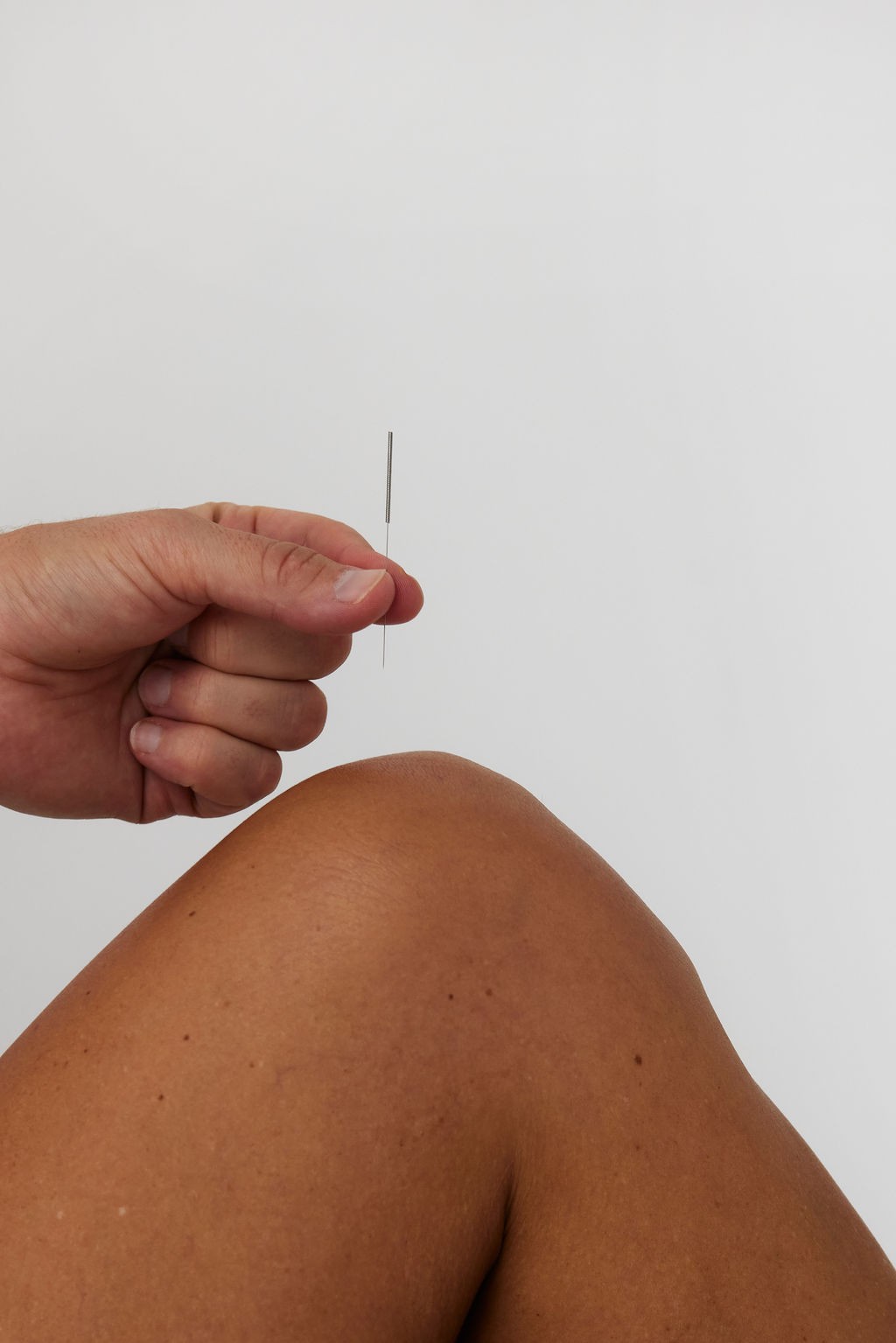Harnessing Physiotherapy to Combat Osteoporosis: A Comprehensive Guide
Osteoporosis, a condition marked by weakened and porous bones, poses significant risks of fractures and injuries. However, there's good news: physiotherapy offers a proactive approach to prevent and manage osteoporosis, as well as rehabilitate related injuries. By targeting bone and muscle strength, a tailored physiotherapy program can reduce the progression and risks associated with osteoporosis.

Osteoporosis, a condition marked by weakened and porous bones, poses significant risks of fractures and injuries. However, there's good news: physiotherapy offers a proactive approach to prevent and manage osteoporosis, as well as rehabilitate related injuries. By targeting bone and muscle strength, a tailored physiotherapy program can reduce the progression and risks associated with osteoporosis.
Understanding Osteoporosis
Osteoporosis is a silent threat to bone health. Characterised by extremely low bone mass or density, it occurs when the body either loses too much bone or fails to generate enough. The result? Bones become fragile and susceptible to fractures from even minor impacts. While women are more commonly affected than men, osteoporosis is a progressive disorder that typically manifests in individuals aged 50 and older.
Physiotherapy benefits for Osteoporosis
Physiotherapy emerges as a crucial ally in the battle against osteoporosis. The potential benefits are manifold, including muscle strengthening, posture correction, pain reduction, enhanced balance, lowered fall risk and overall bone preservation. Its multifaceted approach aims to mitigate injury risks, bolster bone strength, facilitate injury recovery, and even manage pain. Whether you're at risk due to age or family history, have a diagnosis, suffer from a bone-affecting health condition, or have experienced osteoporotic fractures, physiotherapy may be a game-changer for you.
What Physiotherapy for Osteoporosis may involve:
Central to physiotherapy for osteoporosis are tailored exercise regimens proven to help improve bone strength. This may include:
· Resistance Training Exercises
· Weight-Bearing Aerobic Exercises
· Balance exercises
There is emerging evidence to suggest resistance or weight bearing training can improve bone health and therefore reduce the effects of osteoporosis. Bone constantly remodels and responds to load, thus in a controlled loaded exercise program we can aim to use load as a method to increase bone density.
Other benefits of these exercise methods also include increased muscle strength, better posture, and enhanced balance.
Physiotherapists can prescribe specific weight-bearing aerobic exercises tailored to your individual needs and tolerance. Through a comprehensive assessment, we can identify your medical history, assess mobility, strength, and balance, and design a safe and effective exercise plan for you. Some examples may include activities like walking or racquet sports, pilates, balance exercises (like standing on one leg), weightlifting, gravity resistance exercises (such as squats), and exercises with resistance bands. This can vary depending on the person and must be individualised to your unique needs.
Ready to Take Charge of Your Bone Health?
Embark on your journey towards stronger bones and enhanced well-being today. Our expert physiotherapists here at The Urban Physio are here to support you every step of the way. Book in online now!















